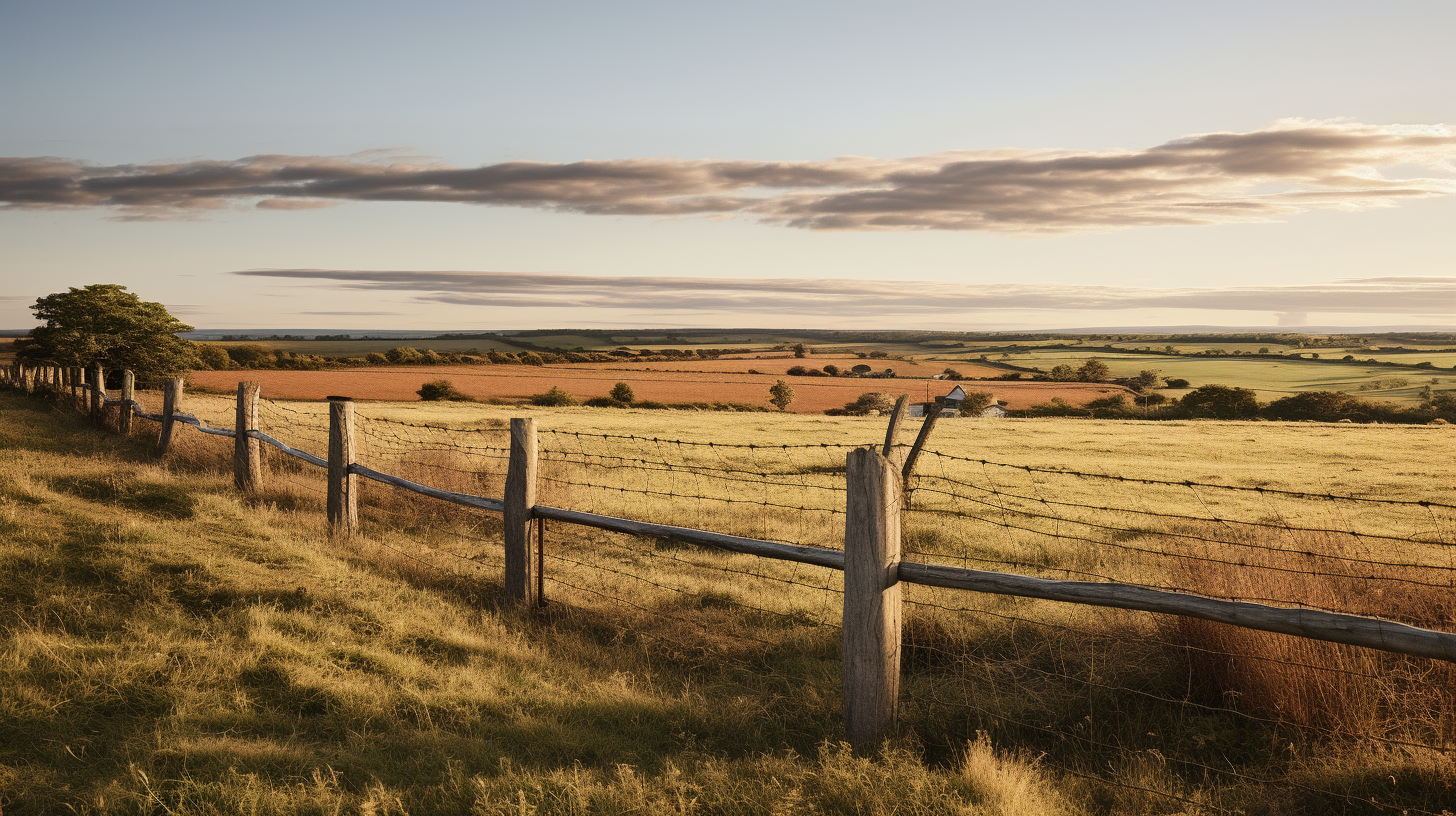
Ask A Surveyor
If you are a landowner seeking advice from surveyors, please post your questions and issues here.... View more
Does right-of-way follow straight or wobble with the pavement?
-
Does right-of-way follow straight or wobble with the pavement?
Hi,
I just got a not-good letter from the county highway department telling me to remove something I planted at the corner or I will get fined.
It is claimed that I planted it in the right-of-way for a Wisconsin county trunk highway. I live in a town with no additional regulations pertaining to this. I am aware of the related vision corners issue, but since the county is claiming that I planted in their right-of-way this is a separate issue from vision corners.
The highway has a four-way intersection with a town road, but because one part of the town road is not used much, the county paved a great deal of the curved turning area on one side of the intersection, but not the other (my side).
I’ve measured the distance from my planting to the road a number of times–my planting is clearly not in the right of way if you measure directly from the pavement nearest my planting to the opposite end of the pavement, and calculate from the center of the road that way. The margin of error is not an issue here.
But if you draw a straight line from well before the extra, curved turning areas for the intersection starts and continue past the intersection and measure from the “center of the road” that way, my planting is in right-of way.
There is a lot of extra asphalt for the corners which are well used on the other side, and considerably less on my side. This throws the center of the road away from me and towards my neighbors on the other side of the street.
Am I in the wrong? Do I need to replant? Or is the county in the wrong and I should tell them this?
I can find no survey documents for the highway or road. Both are old and started out as dirt paths over a century ago. This is a standard 66 foot right-of-way with no additional purchases. The extra pavement on the other side is not so extreme as to require an additional purchase of right-of-way from my neighbors. I am in the process of obtaining survey documents that may help on this, but for now I cannot access any, so I am asking about the general practice.
Thank you for your thoughts.
Log in to reply.

